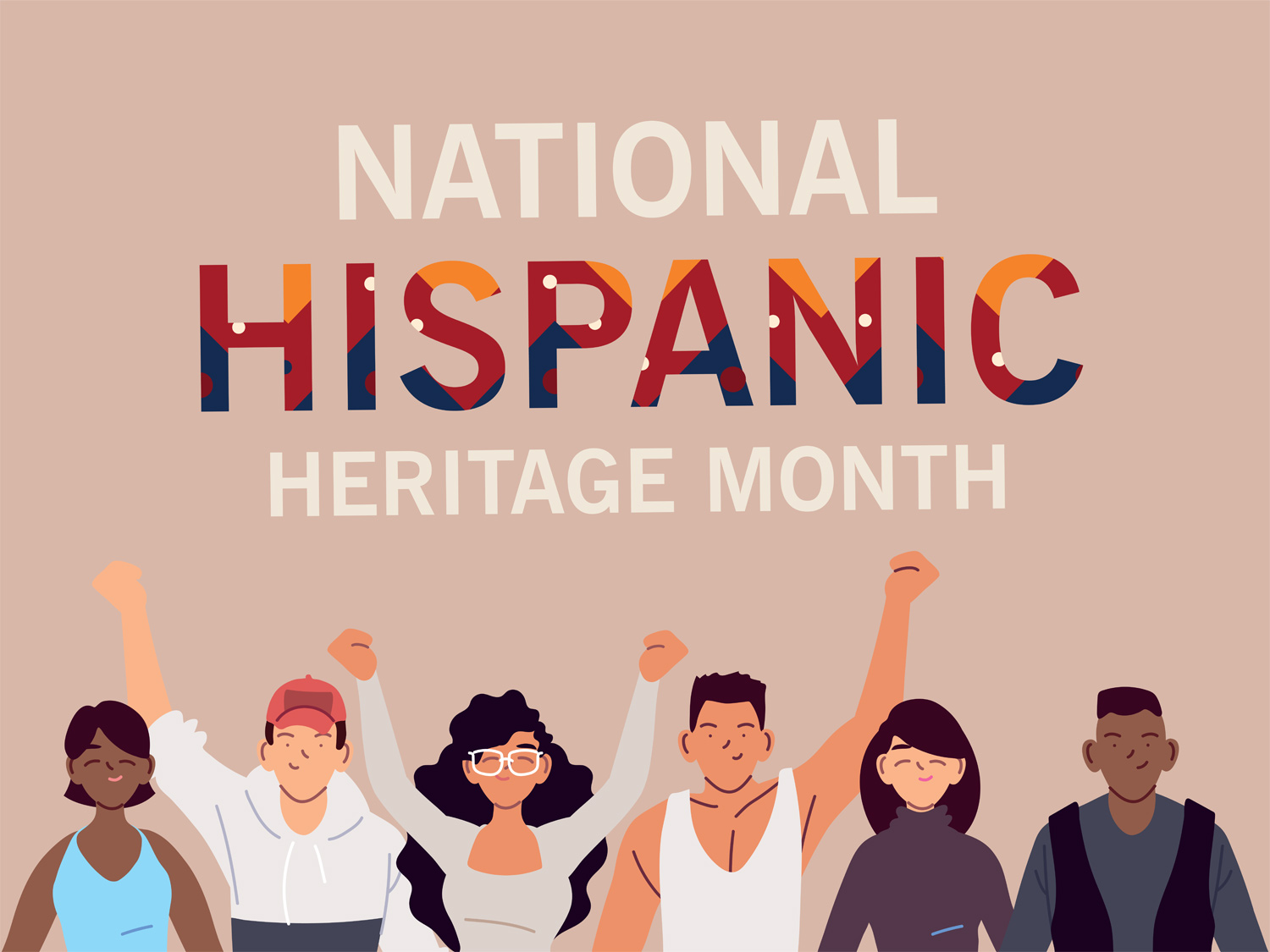
Californians Together Executive Director Martha Hernandez said that National Hispanic Heritage Month — which lasts from Sept. 15 to Oct. 15 — is an excellent time to explore the history and culture of Latino people. As with other themed months such as Pride or Black History Month, however, it’s important not to isolate the exploration of Latino history and culture into one month during the year, but instead to integrate it authentically into the curriculum throughout the school year.
“For school board members, it’s at the policy level — having these policies and these practices and then providing the resources and the professional learning about all of the different cultures that exist in the school,” Hernandez said. “We’re talking about school climates and campuses that are affirming, inclusive and safe. [That means] that the school doesn’t tolerate comments that are anti-bilingual or anti-immigrant or racist, and that the teachers can intervene with positive messages, and that there are student clubs and activities encouraging the development of biliteracy, et cetera.”
Some of the ways in which LEAs can engage youth and families is through literature that reflects students’ identities and experiences in the curriculum; discussing critical issues both past and present; highlighting historical and local, everyday people who have played important roles in the Latino community; encouraging biliteracy programs and delivering instruction that is culturally responsive and incorporates and builds upon a child’s home language.
This fall, the district will be launching a Mixteco Parent and Community Committee after a large number of families indicated through a survey their desire to participate in monthly meetings. Mixtecs are part of a group of indigenous migrants from the Mexican states of Oaxaca, Guerrero and Michoacán who can face unique challenges including language barriers, as they often only speak their indigenous languages, according to the Mixteco Indígena Community Organizing Project. They also have deep-rooted and unique cultural practices and beliefs that often create barriers and isolate them from other Latino populations.
Mixteco parents in Oxnard SD provided feedback about the topics that they would like to learn more about, said Assistant Superintendent Dr. Anabolena DeGenna, who added that the district will use this opportunity to learn more about their culture, the challenges they’ve overcome and what support is needed from school and district staff.
“Our district is committed to building capacity, empowerment and advocacy by providing parents and families different opportunities to get involved and participate in the different district advisory groups,” DeGenna said. “It is important for us to reinforce that as a district, OSD values the Mixteco community and welcomes students and parents as partners in education. We have Mixteco interpreters to ensure families have clear and transparent communication so that students have authentic engagement opportunities in a comprehensive educational program.”
The notion of having an assets-based lens toward students is a large component of the San Diego County Office of Education’s professional learning sessions for educators, said the county’s Senior Director of Equity, Fabiola Bagula.
“We believe that we have the responsibility to see the gifts in each and every one of our students and that we can help project a beautiful future for our students given that we see them clearly,” Bagula said. “For example, being bilingual is an asset, yet many times we hold a deficit lens on the remedial English coursework that must be given. What would happen if we all understood and believed that cultivating a second language is powerful?”
Investing in team professional learning on topics such as cultural competency, equity and culturally and linguistically responsive teaching can be a great place to start, Moreno-Ramirez said, noting that there are significant benefits to schools embracing the heritage and culture of students and their families.
“When these students enter schools and classrooms where their heritage, culture and linguistic assets are embraced and elevated … [they] feel a welcome part of their school community, promoting a sense of ownership and belonging, which is central to socioemotional health,” she said. “When students feel secure, they are better poised to attain their full potential. Consequently, when their children are happy, healthy and growing in positive ways in school, families want to share in those achievements, promoting new levels of engagement in their children’s education and strengthening family partnerships. These home–school partnerships further flourish when families are assured that their heritage, culture, language and experience are a valued part of the education system.”